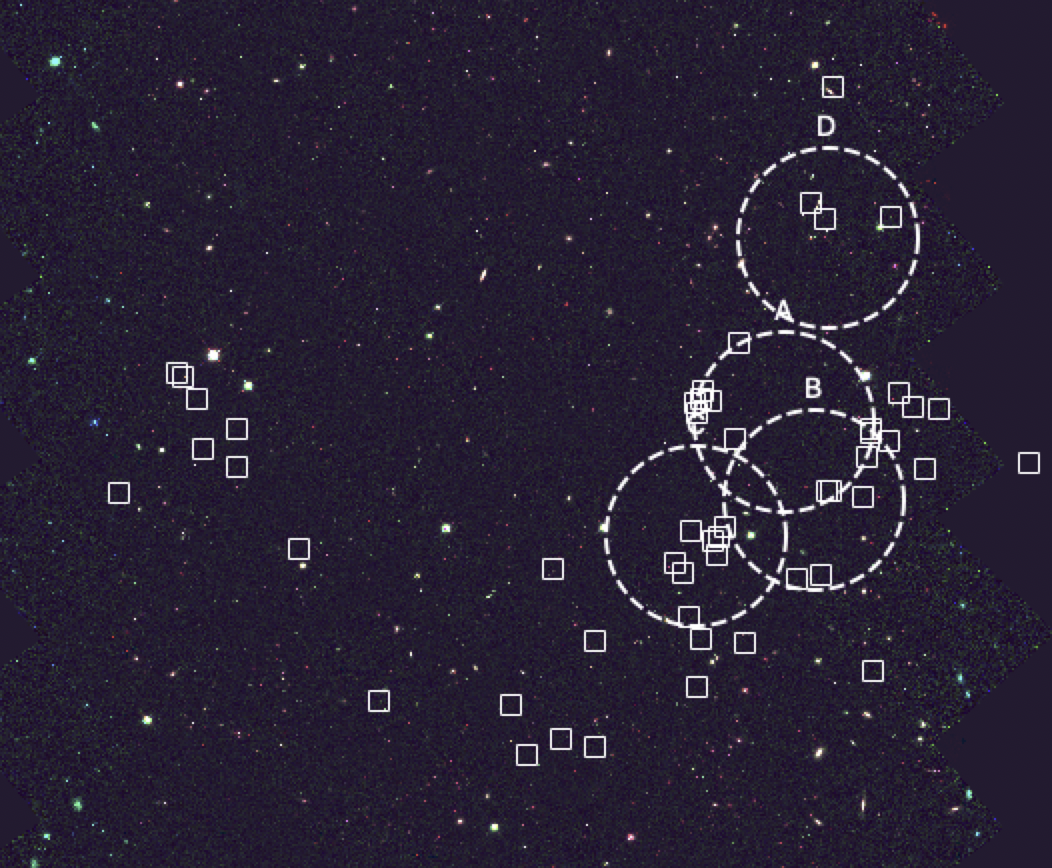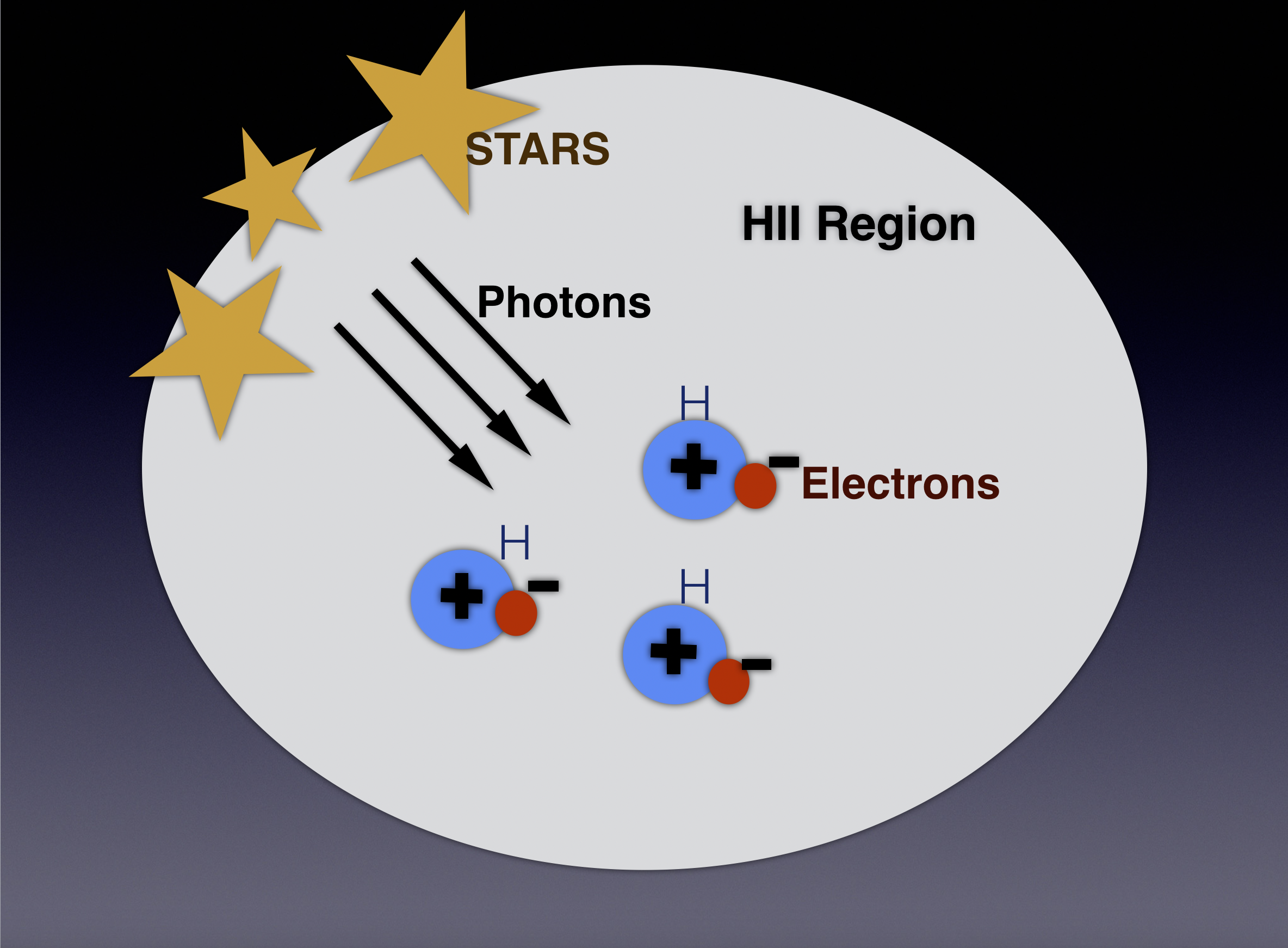Research
When and How does Environment affects the Evolution of Galaxies?
Key Words: Galaxy Evolution, Proto-cluster, High redshift, Star formation, Inter-Stellar Medium
We use ZFIRE and ZFOURGE observations with the Spectral Energy Distribution (SED) fitting tool PROSPECTOR to reconstruct the star formation histories (SFHs) of proto-cluster and field galaxies at z∼2 and compare our results to the TNG100 run of the IllustrisTNG cosmological simulation suite. In both the observations and the simulations, we find that massive proto-cluster galaxies (log[M∗/M]>10.5) form more of their stellar mass (≈14%) in the first 2 Gyr of the Universe and have a flat/declining SFH compared to rising SFH in their field counterparts. Using IllustrisTNG, we find that massive galaxies (log[M∗/M]≥10.5) in both environments are on average≈190Myr older than low mass galaxies (log[M∗/M]= 9−9.5). However, the difference in mean stellar ages of cluster and field galaxies is minimal when considering the full range in stellar mass (log[M∗/M]≥9). We explore the role of mergers in driving the SFH and find that massive cluster galaxies consistently experience mergers with low gas fraction compared to other galaxies after 1 Gyr from the Big Bang. We speculate that the low gas fraction of the mergers in massive cluster galaxies is responsible for the reduced star formation in massive cluster galaxies.


The global star formation rates (SFR) of galaxies at fixed stellar masses increase with redshift and are known to vary with environment up to z~2. We explore in this paper whether the changes in the star formation rates also apply to the electron densities of the inter-stellar medium (ISM) by measuring the [OII] doublet ratio for cluster and field galaxies at z~2. We find that the median electron density of galaxies in proto-cluster environment is three times higher compared to the median electron density of field galaxies at comparable redshifts, stellar mass and SFR. We conclude that the electron density increases with redshift in both cluster and field environments up to z~2 from z~0. We find tentative evidence for dependence of electron density on environment.